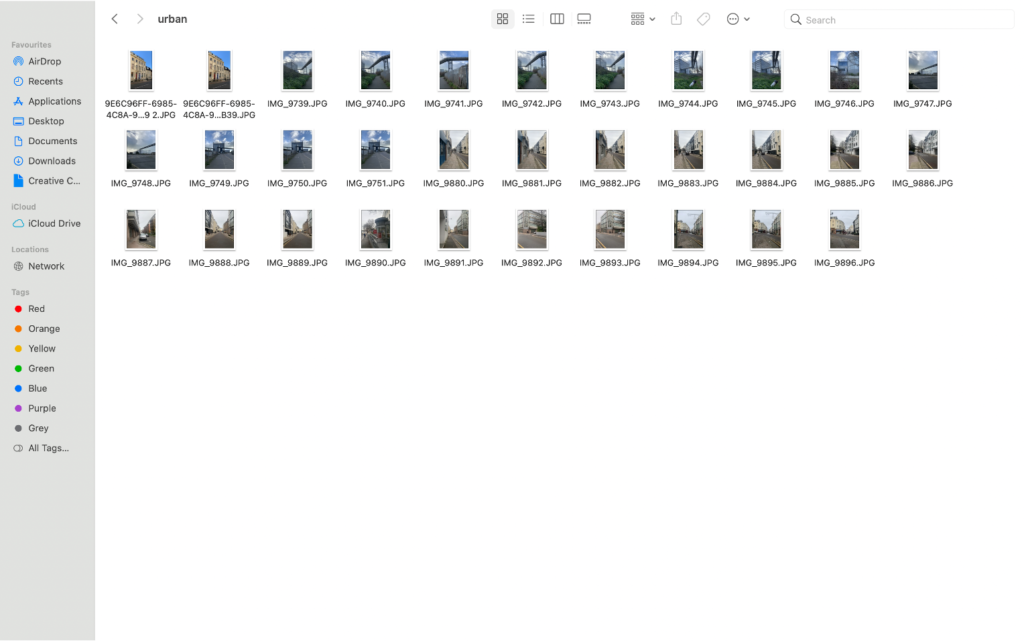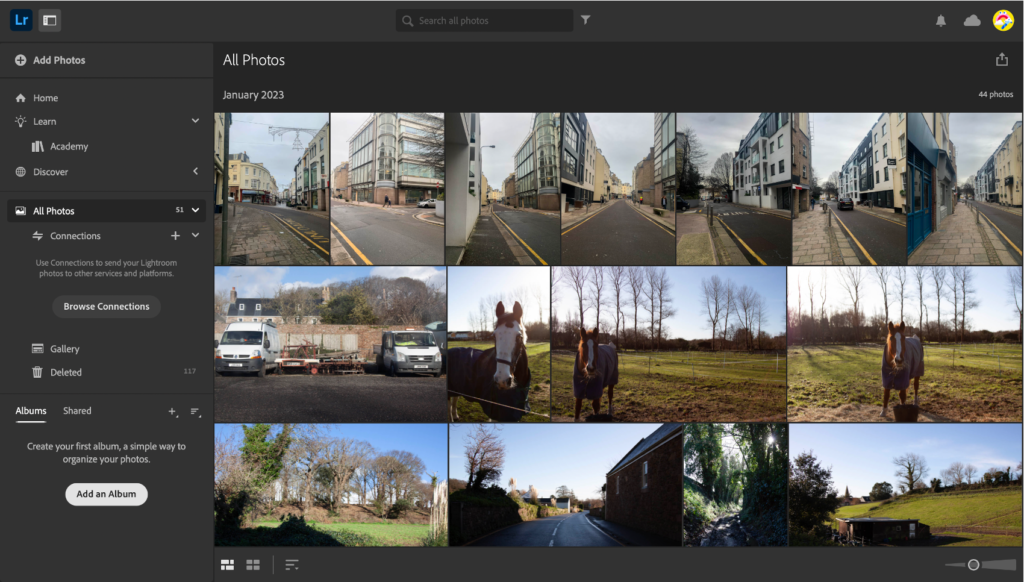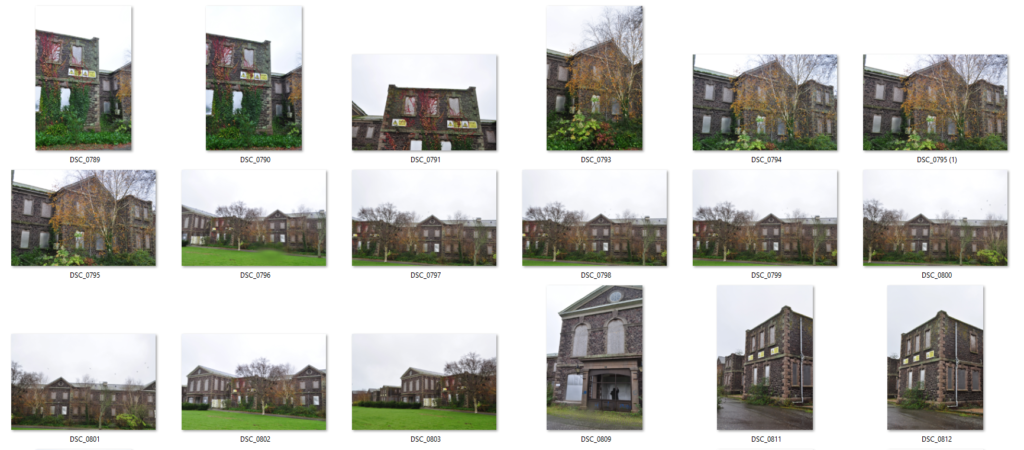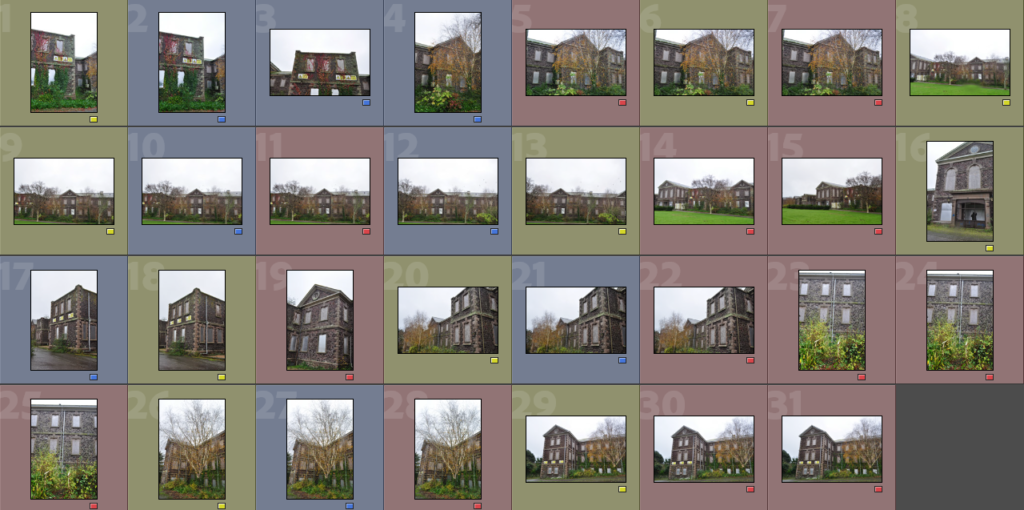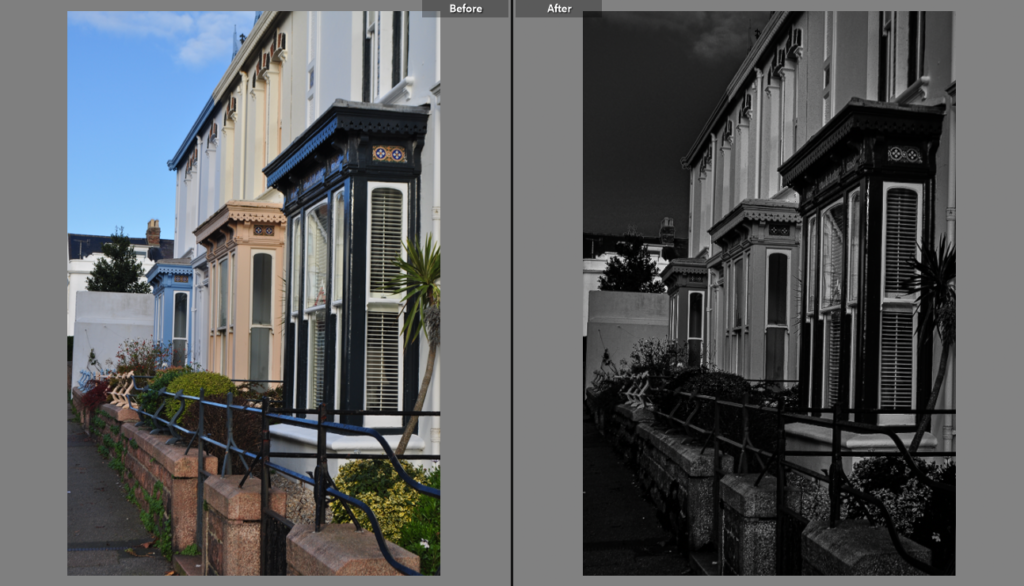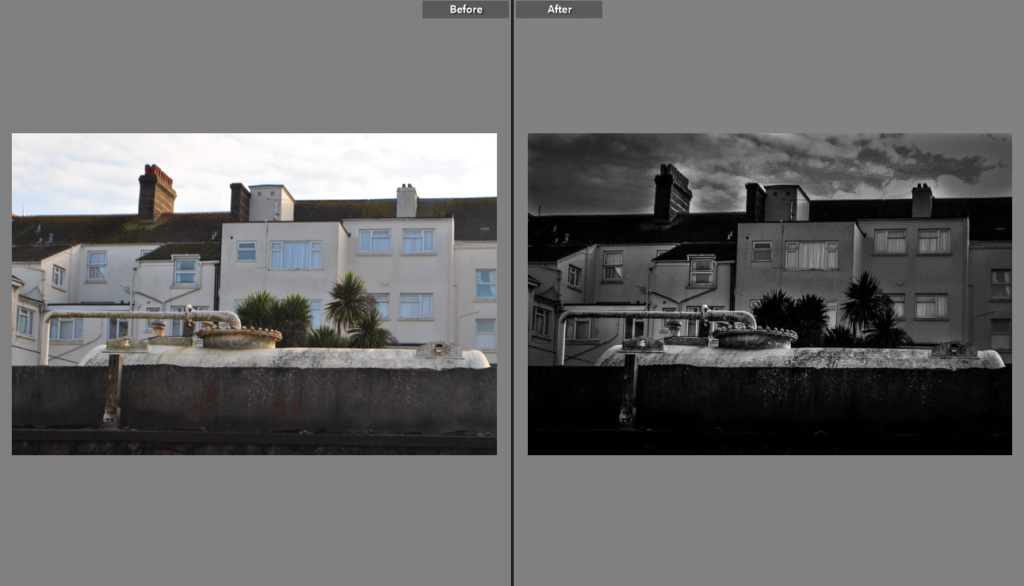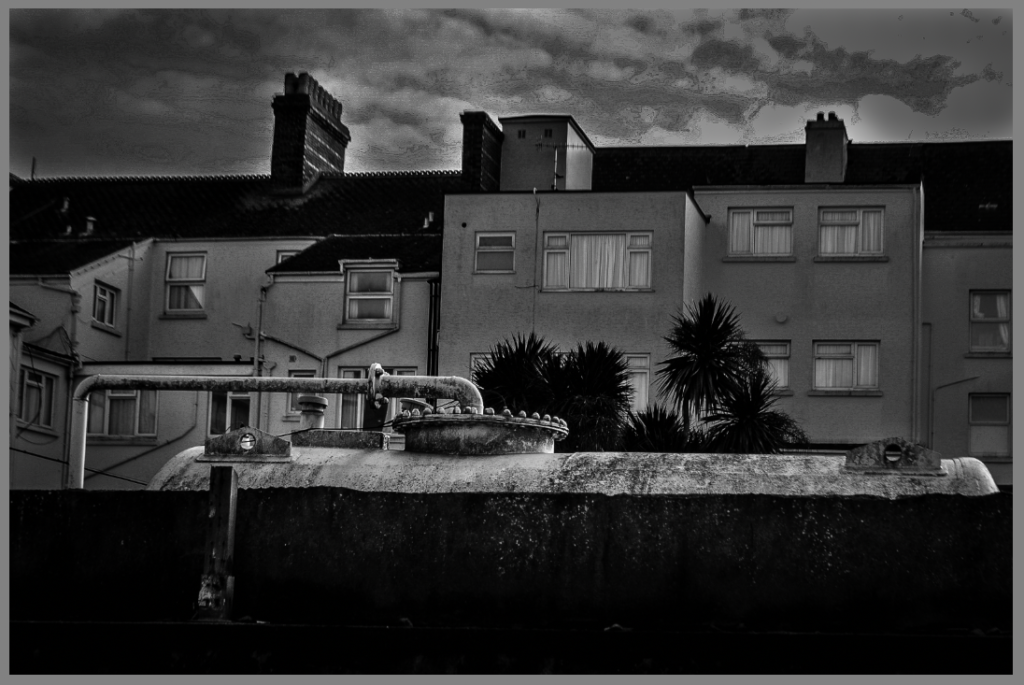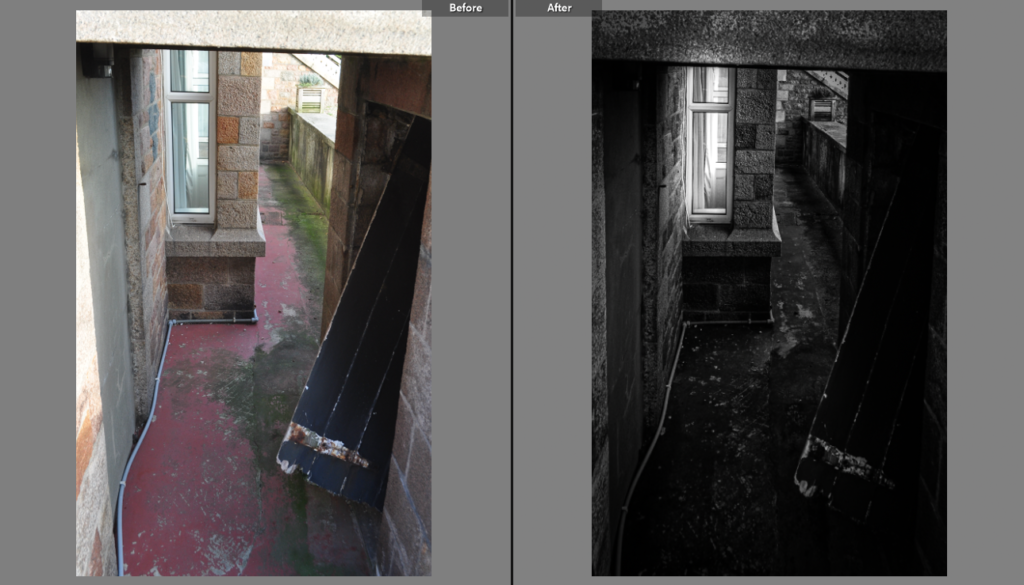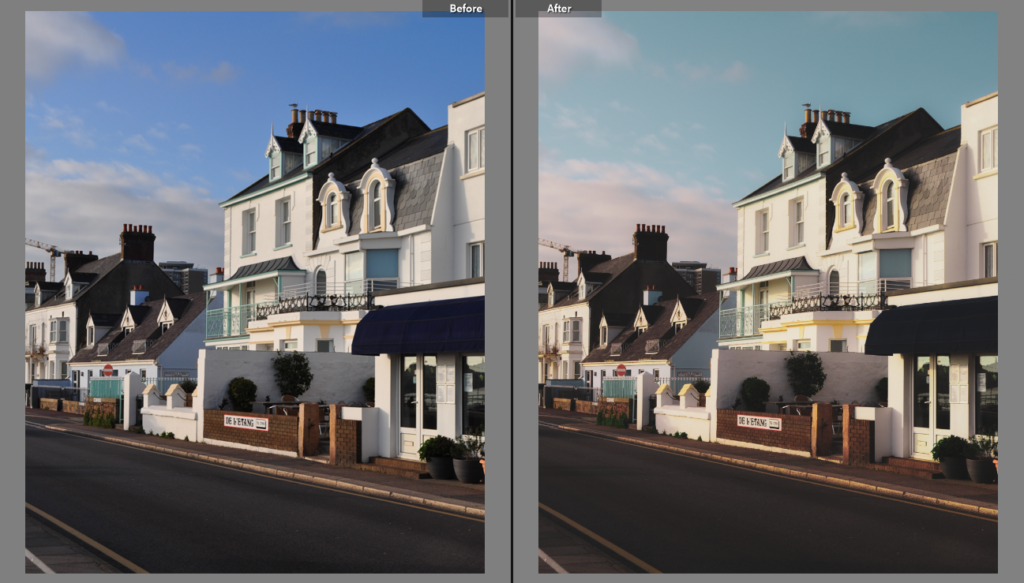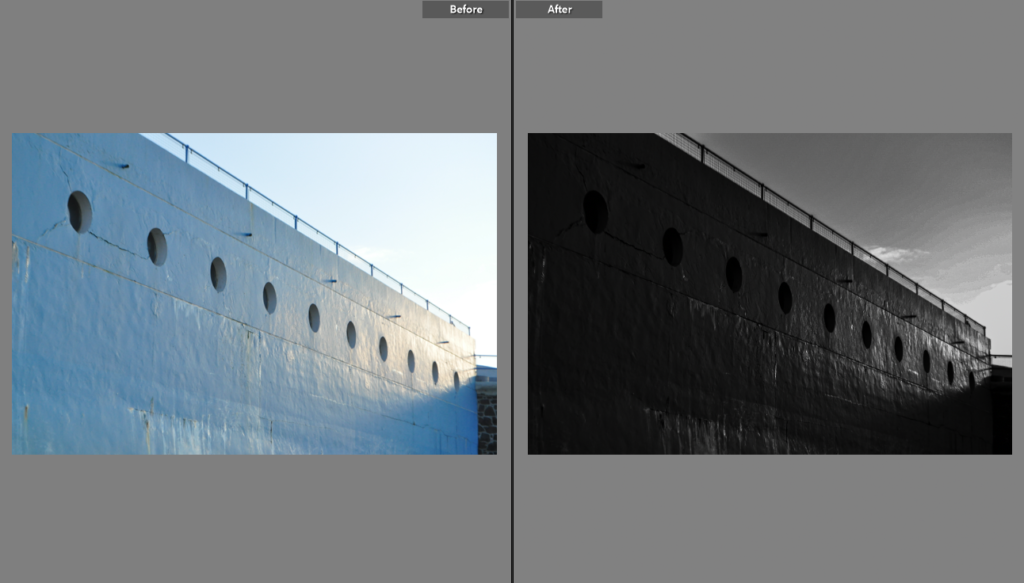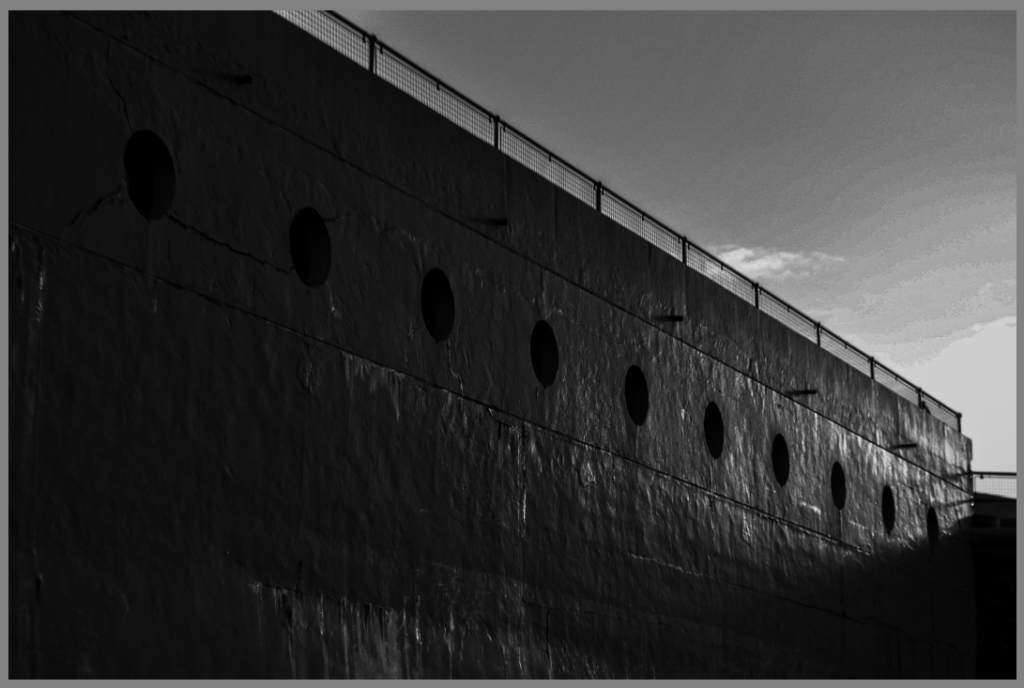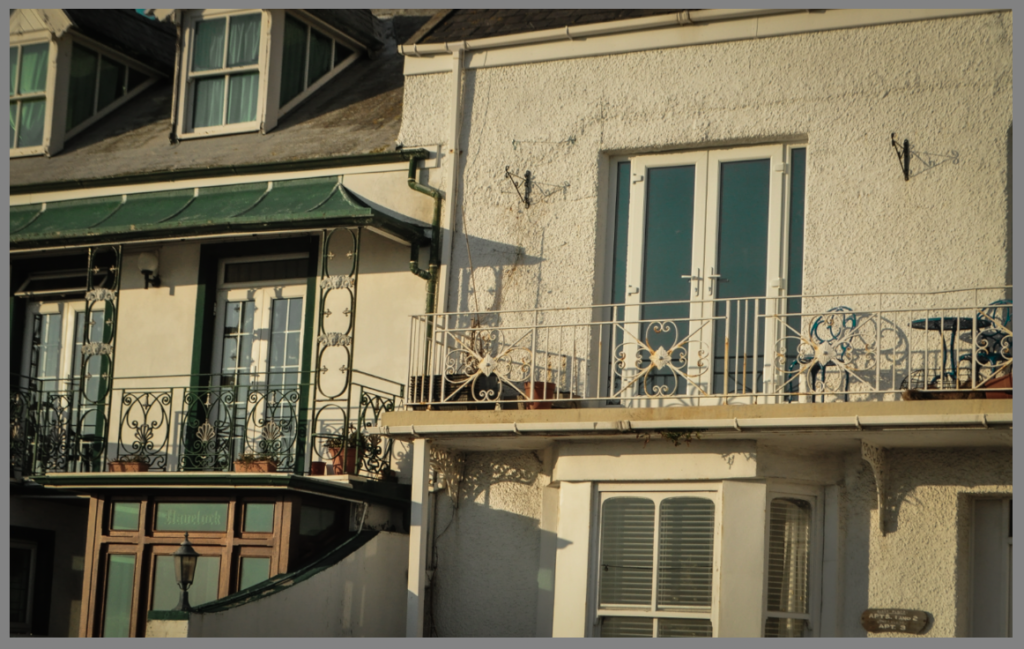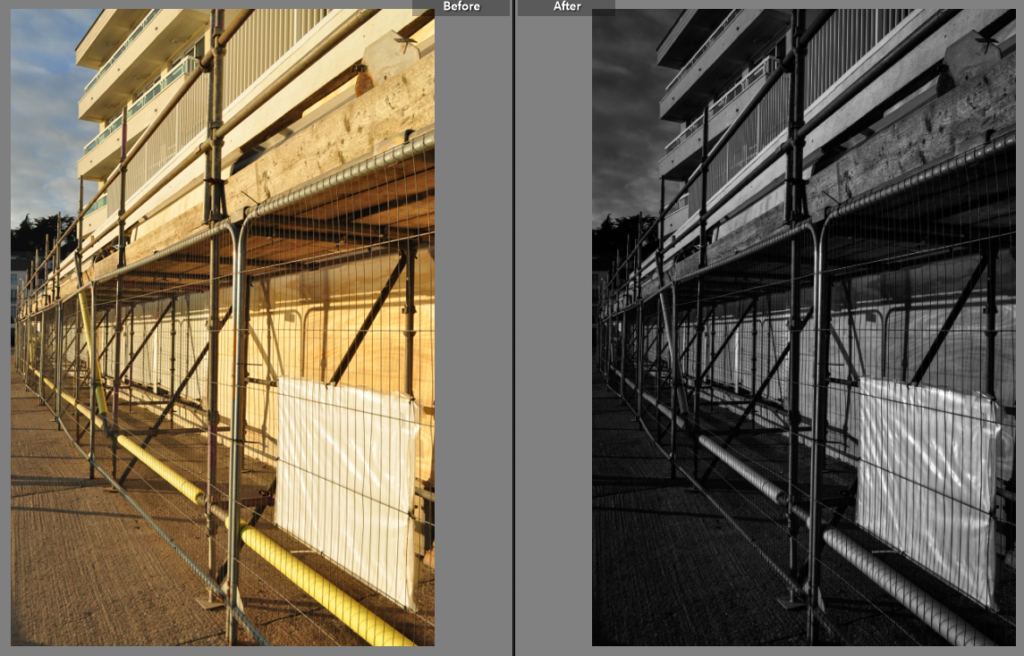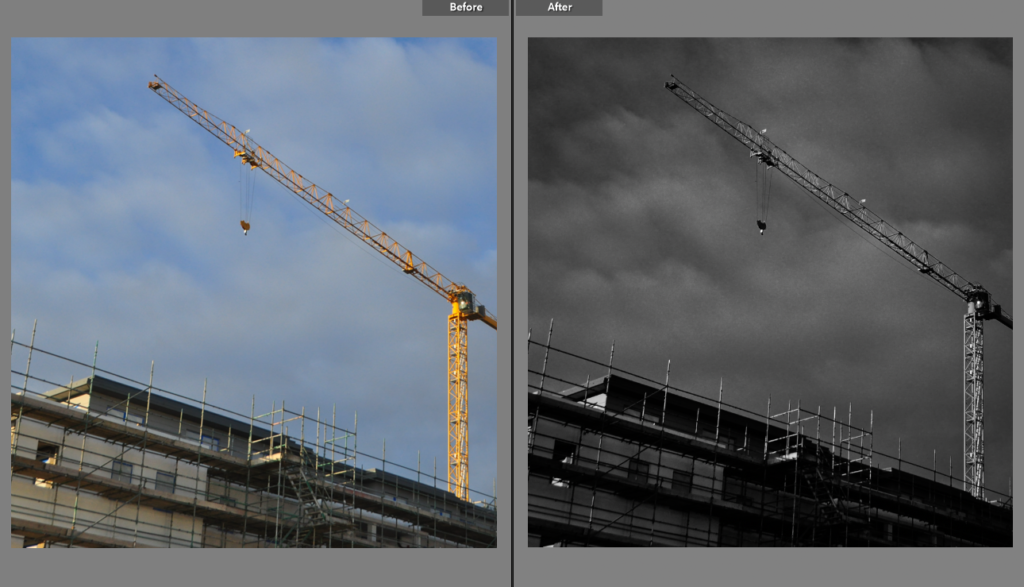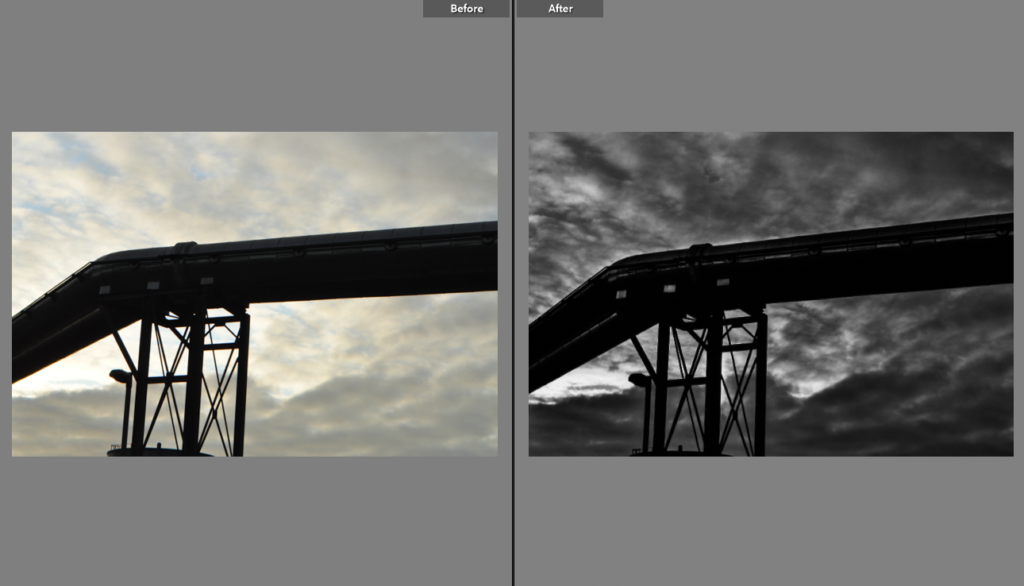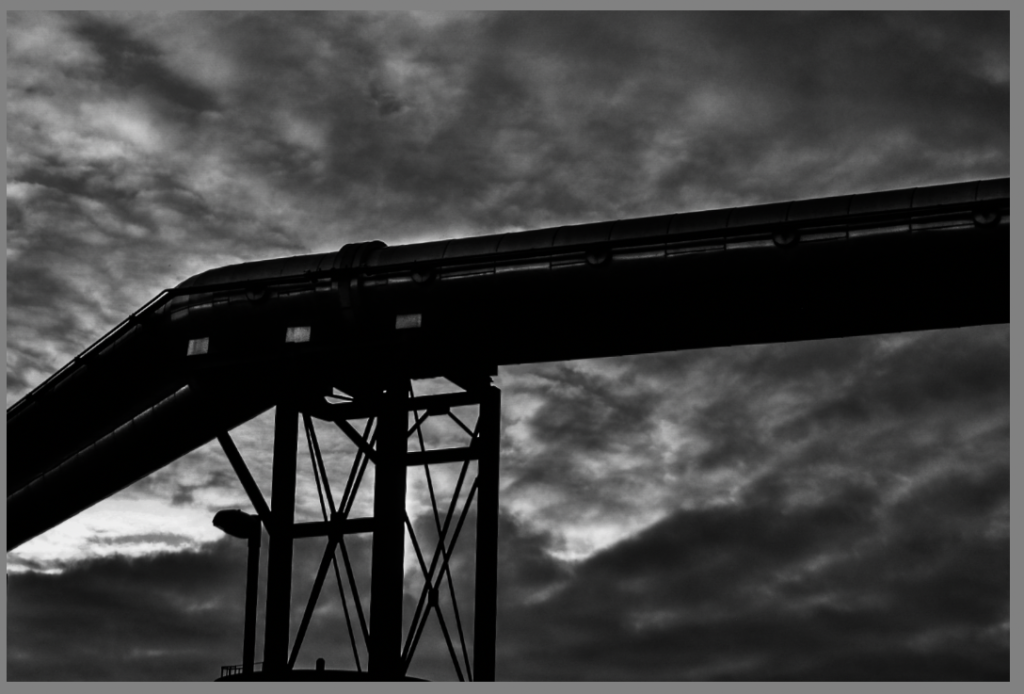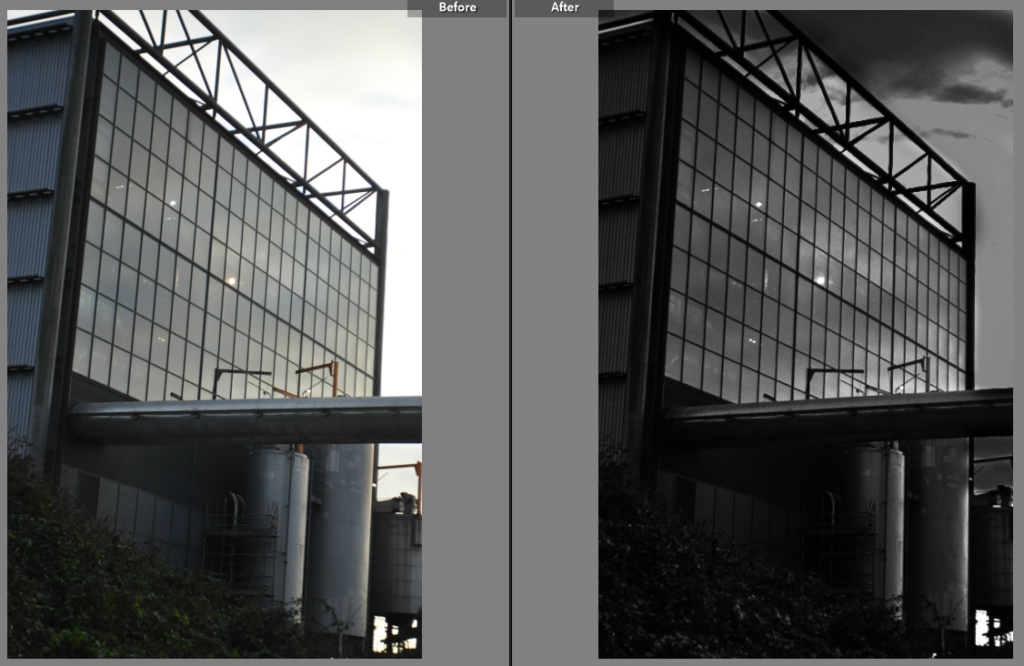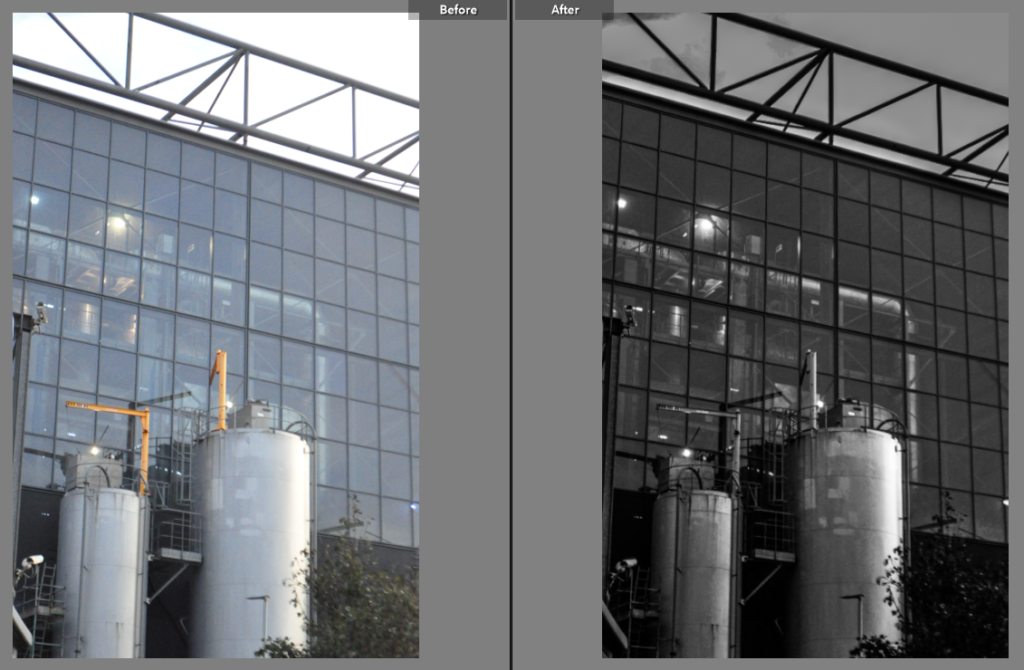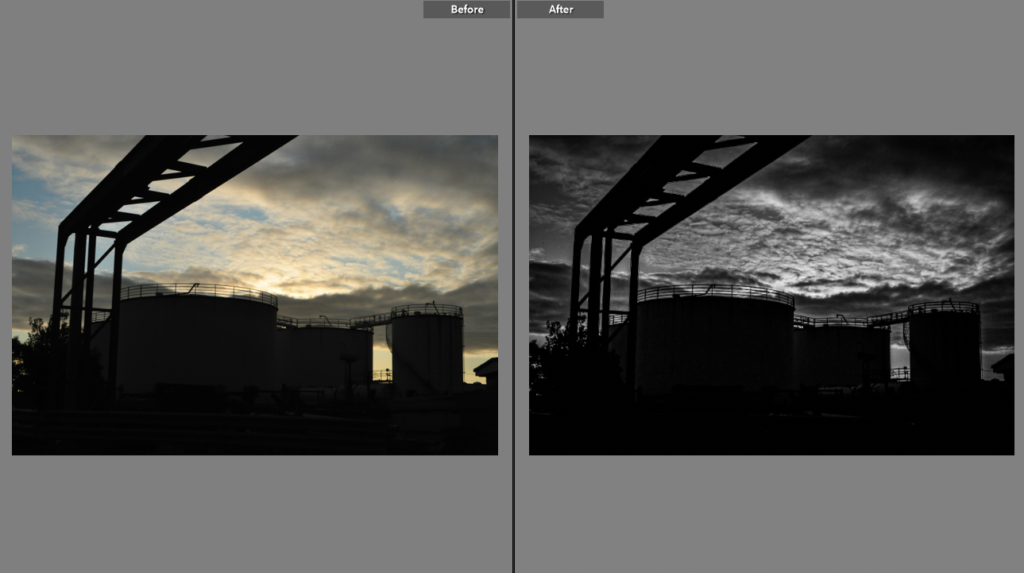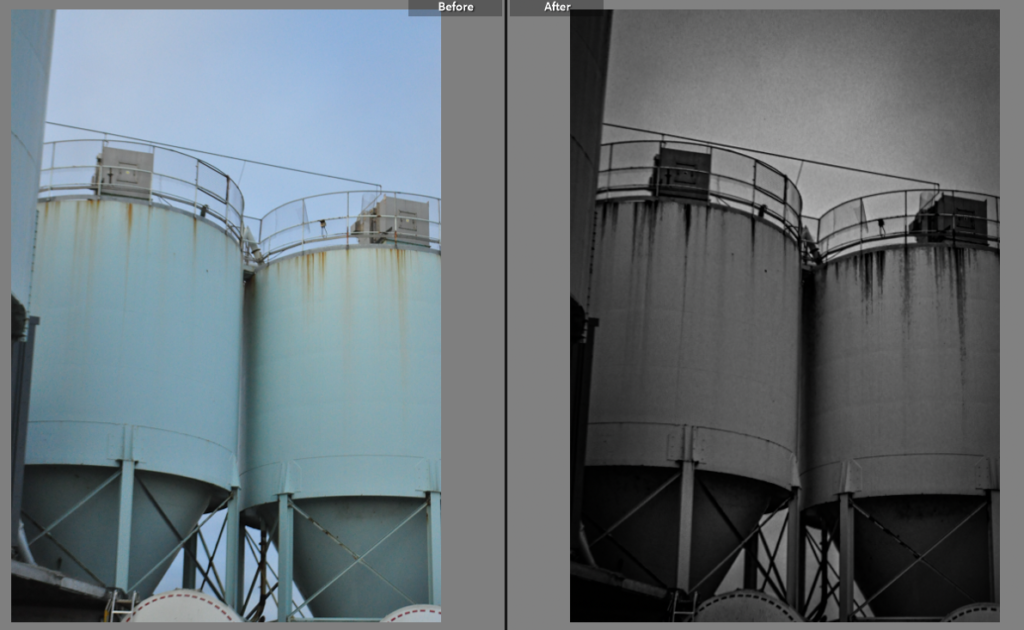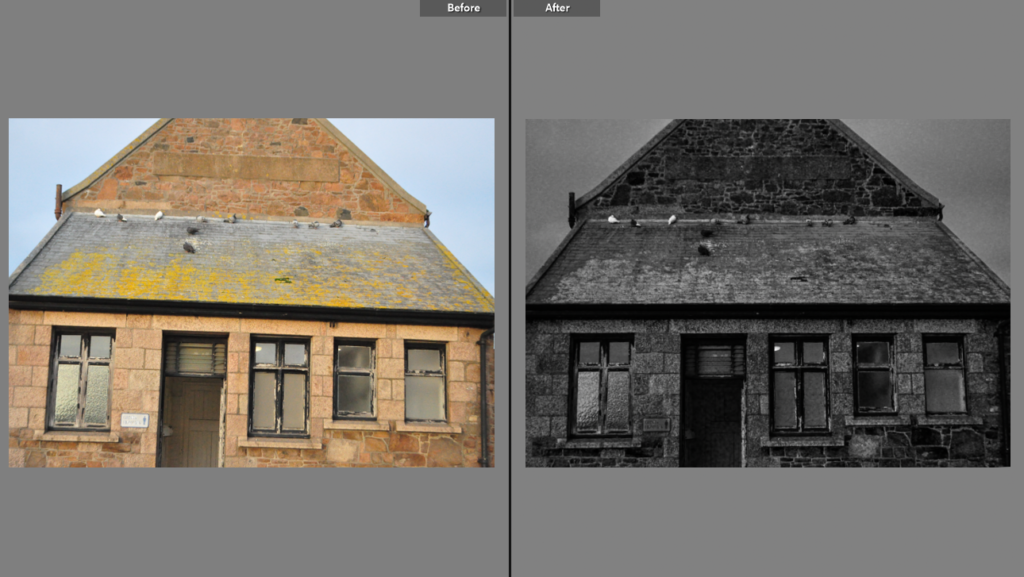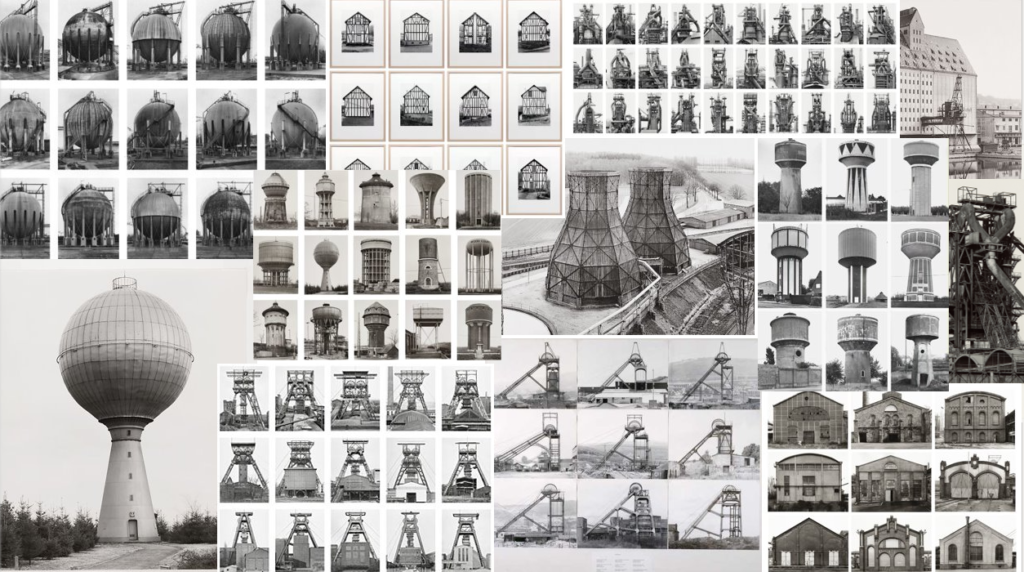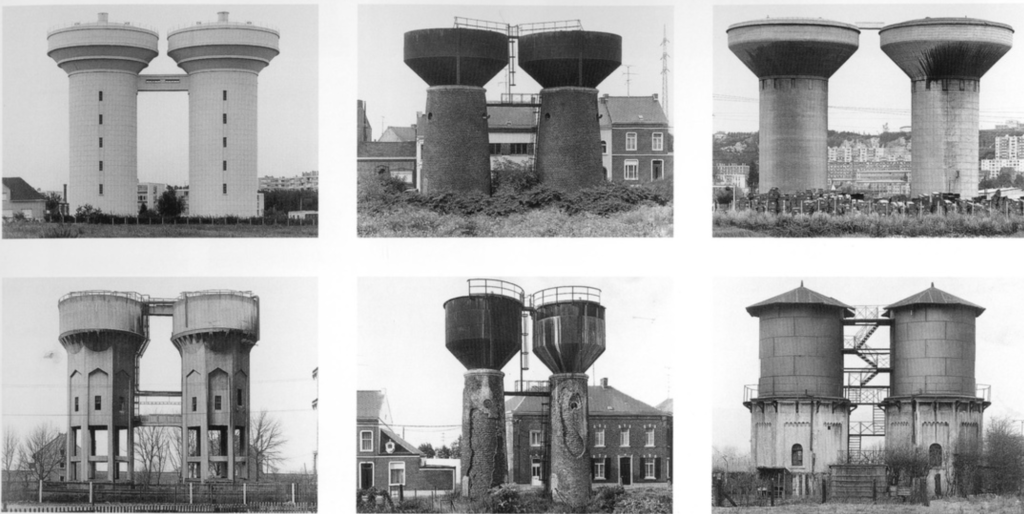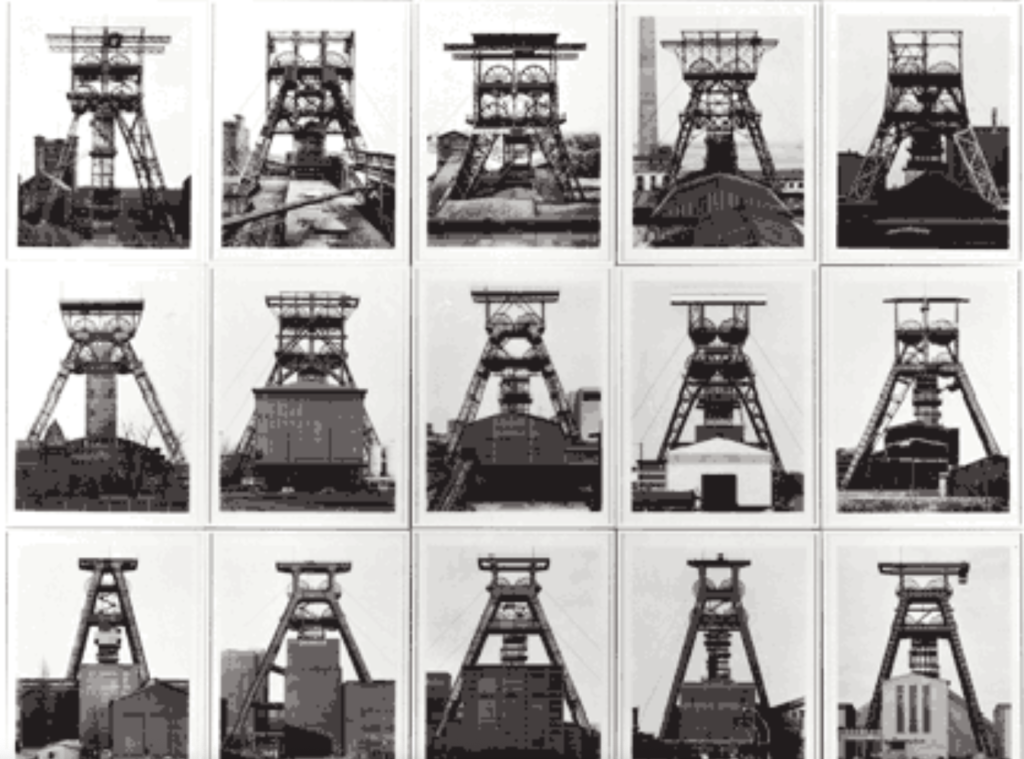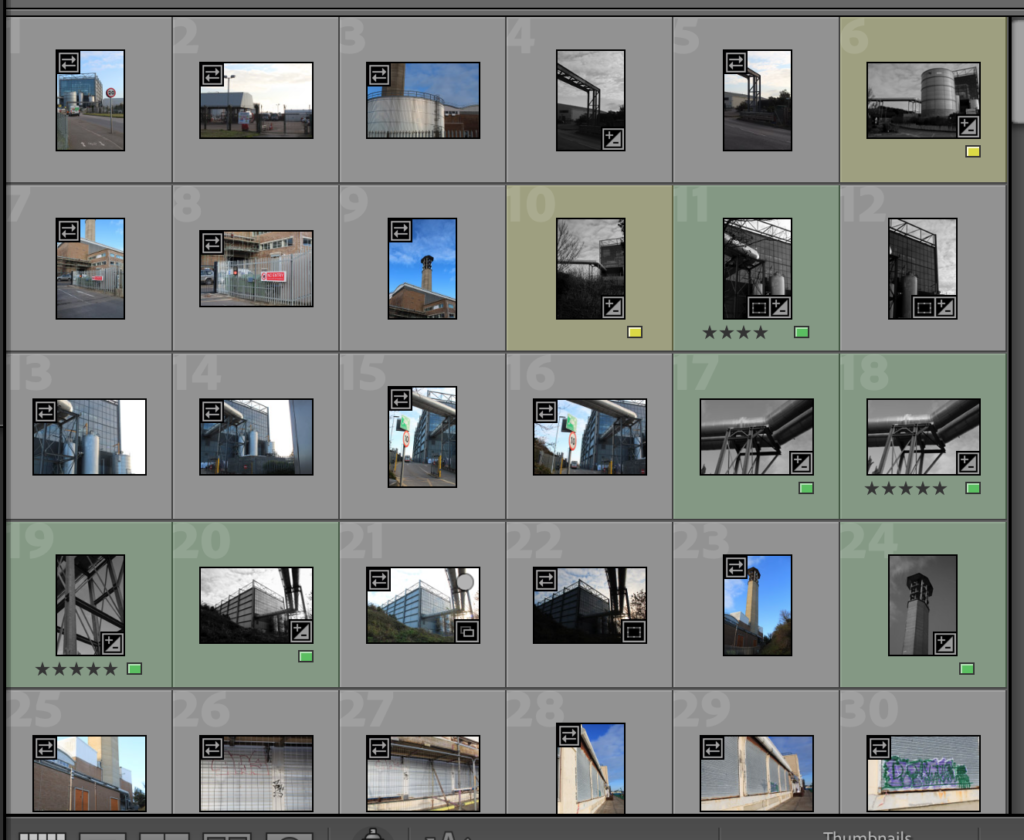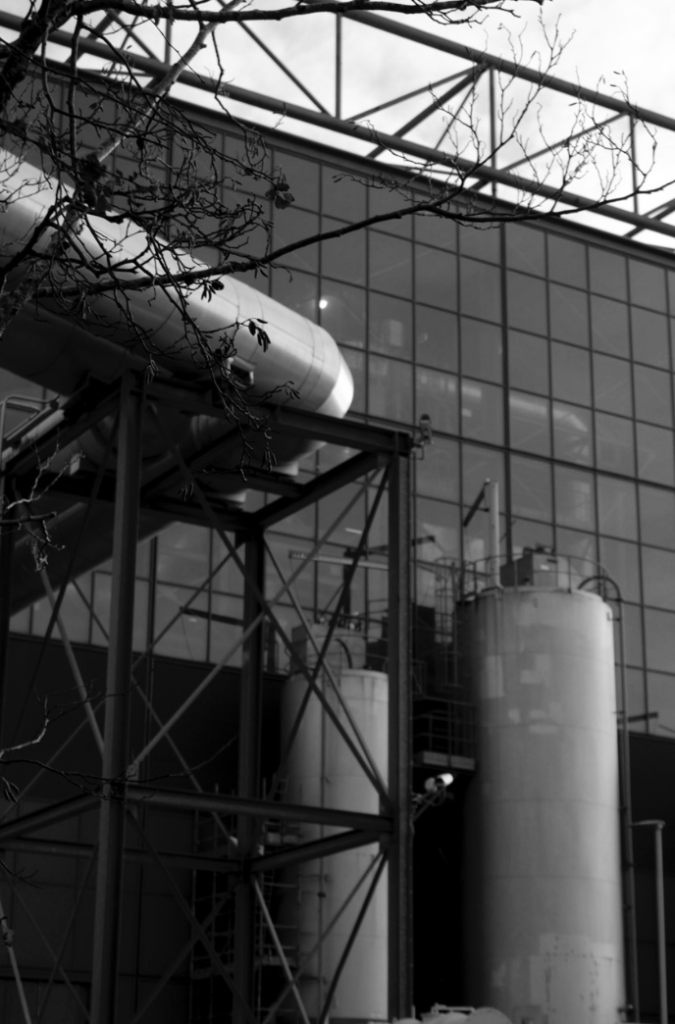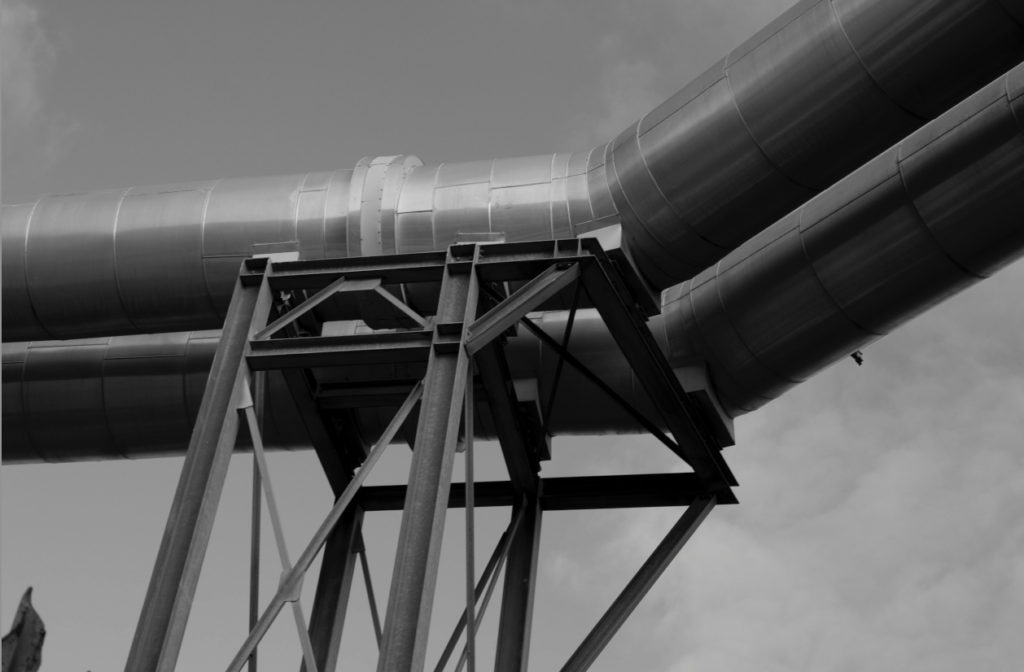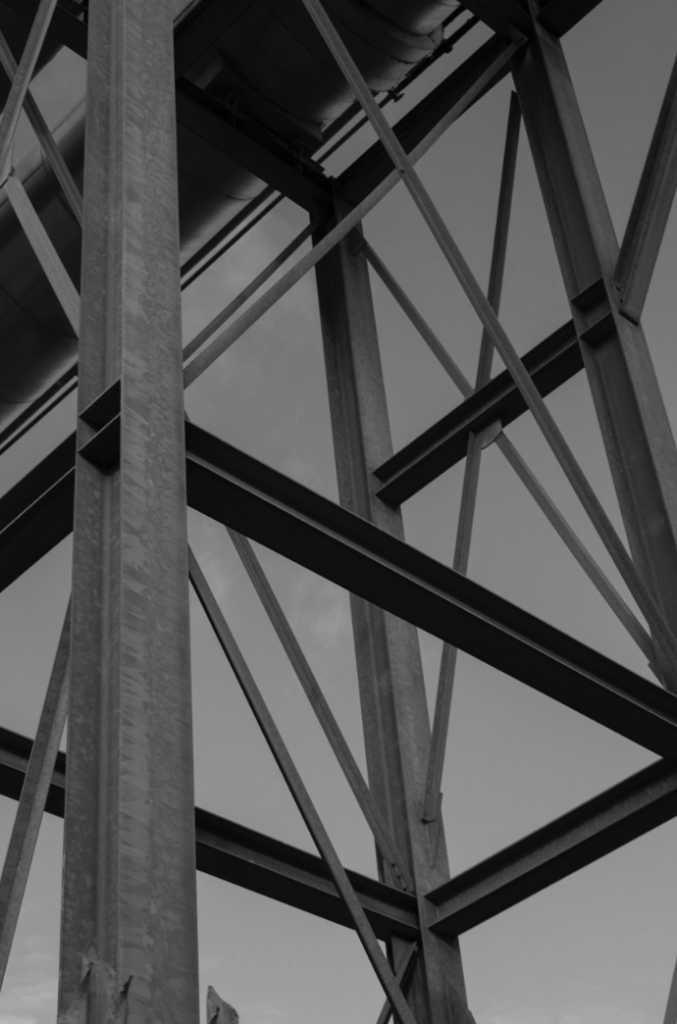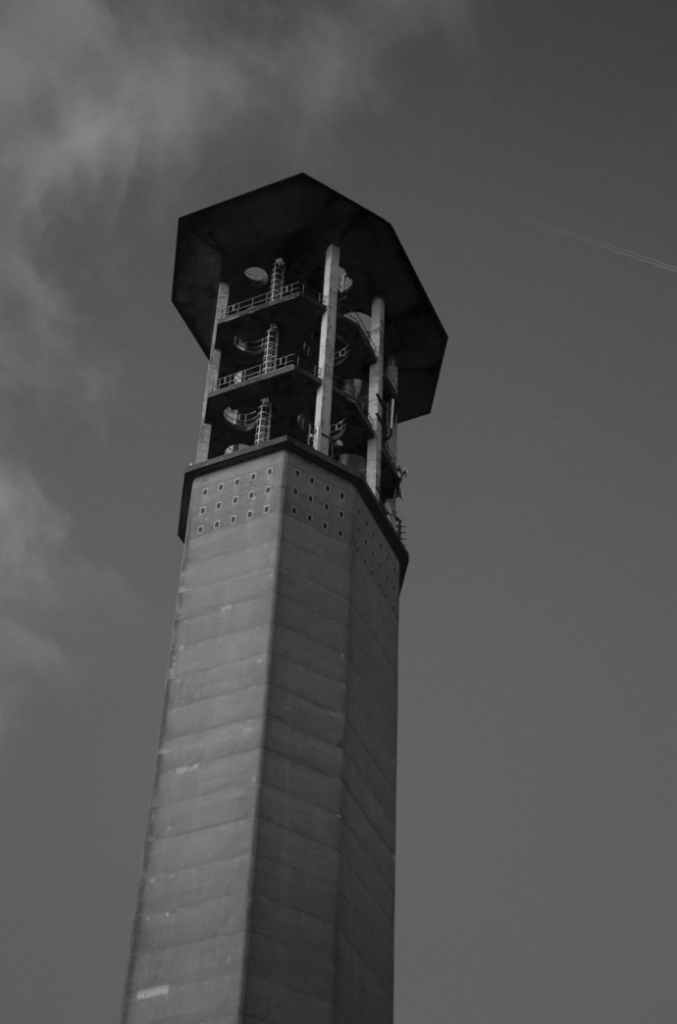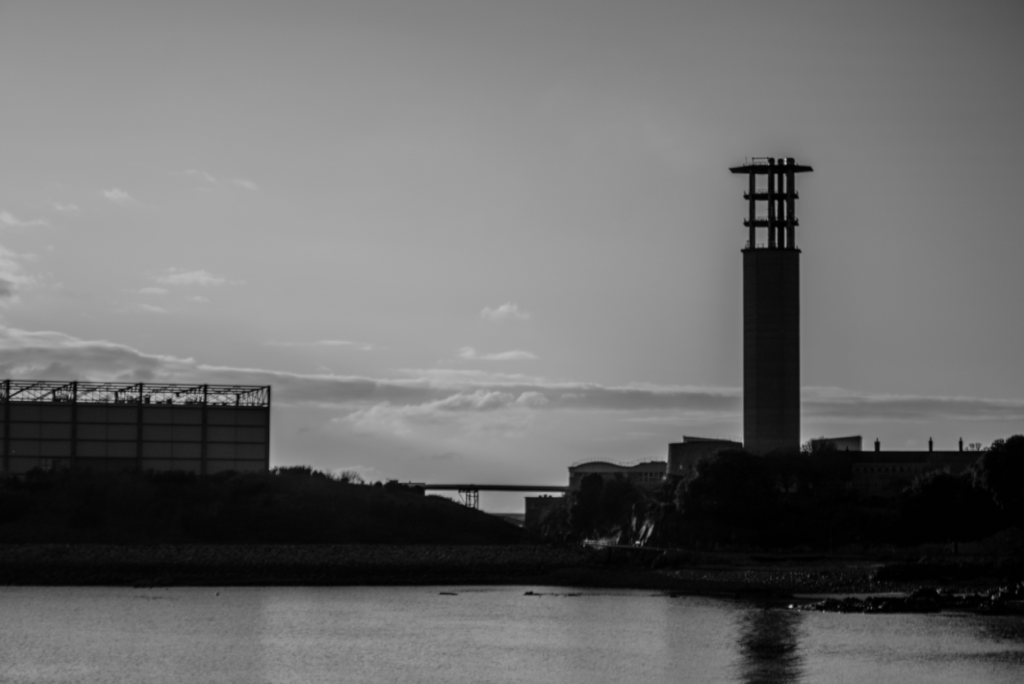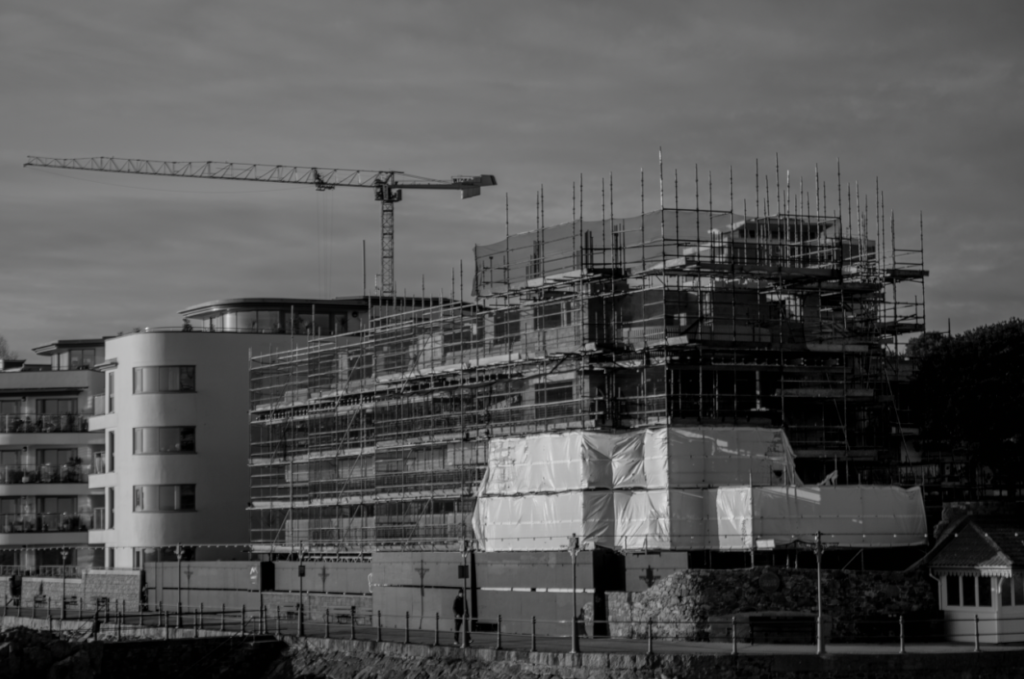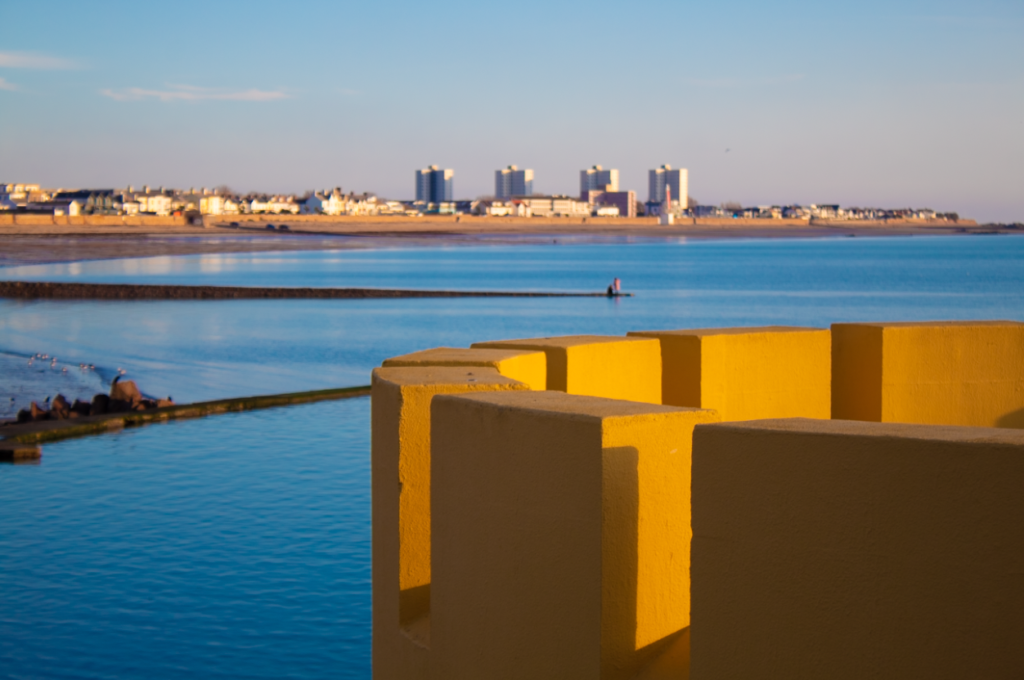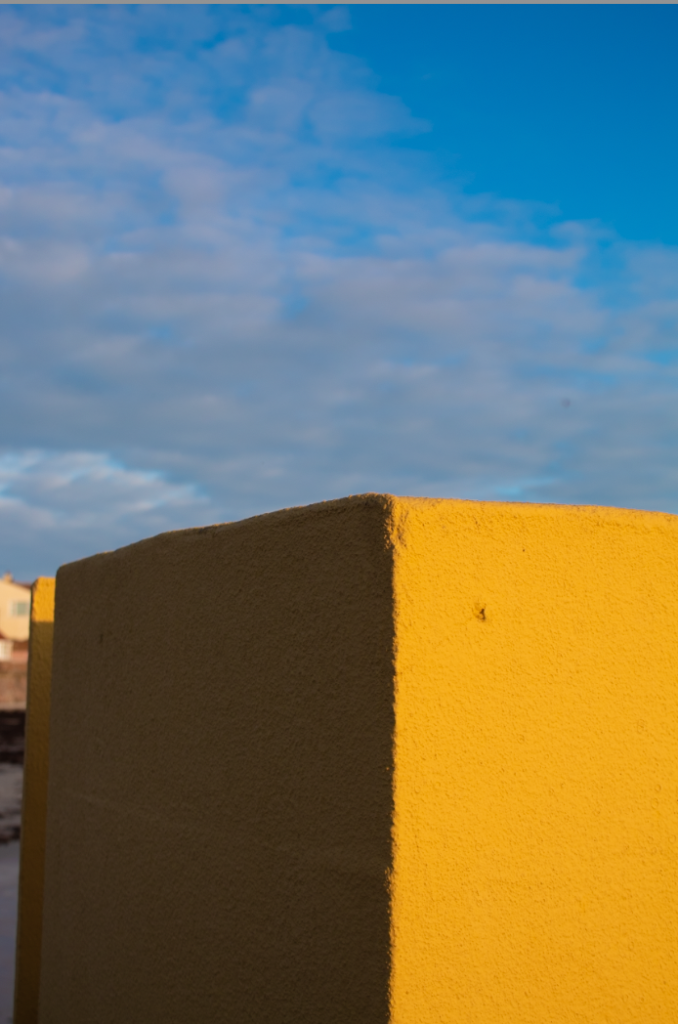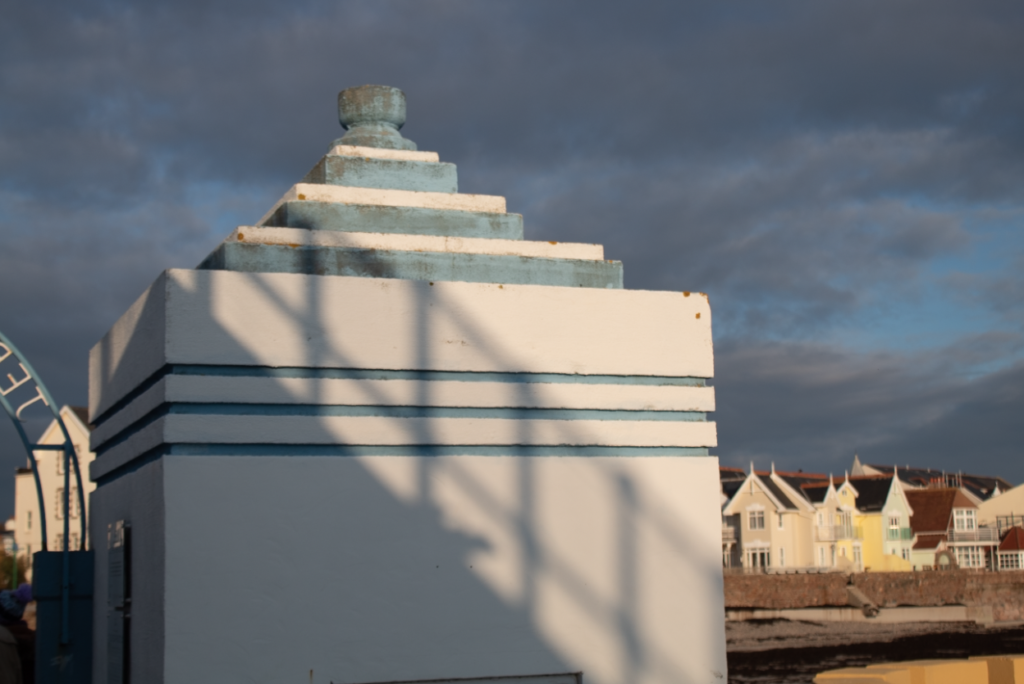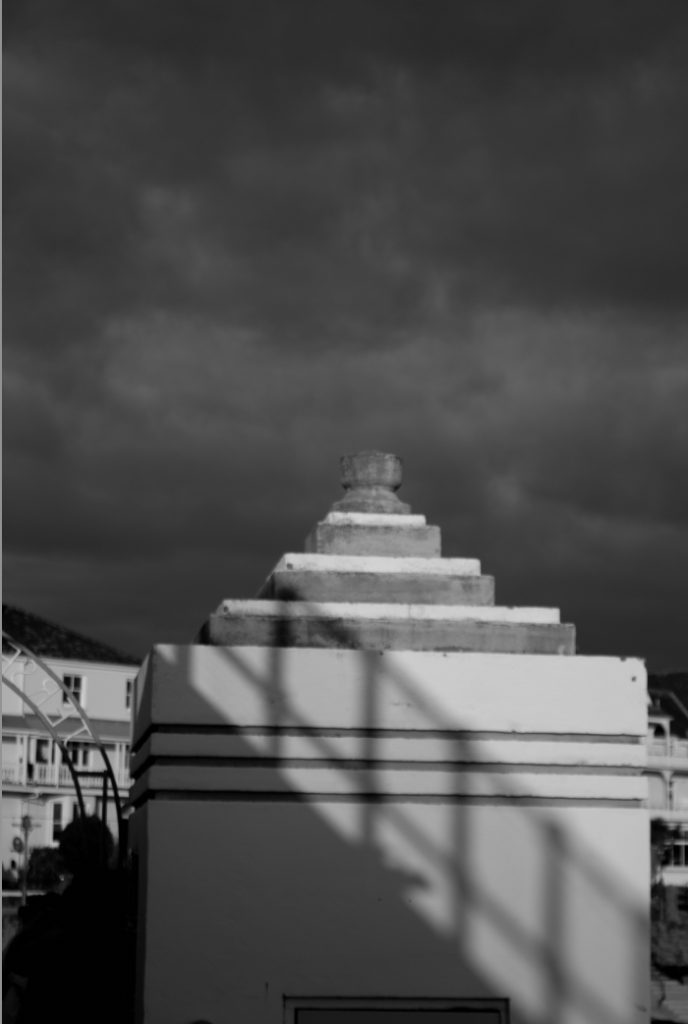‘By placing several cooling towers side by side something happened, something like tonal music; you don’t see what makes the objects different until you bring them together, so subtle are their differences.’
Hilla Becher obituary, the Guardian
What are typologies in photography?
A photographic typology is a single photograph or more commonly a body of photographic work, that shares a high level of consistency. This consistency is usually found within the subjects, environment, photographic process, and presentation or direction of the subject.
How are Bernd and Hilla Becher involved in this?
The German artists Bernd and Hilla Becher, who began working together in 1959 and married in 1961, are best known for their “typologies”—grids of black-and-white photographs of variant examples of a single type of industrial structure. To create these works, the artists travelled to large mines and steel mills, and systematically photographed the major structures, such as the winding towers that haul coal and iron ore to the surface and the blast furnaces that transform the ore into metal. Capturing a record of all these landscapes as they were changing before they disappear was meaningful and important to the couple as they grew up in Germany surrounded by these structures; its a part of their childhood and life.
Examples of their photography:
Was it even photography in the first place?
Well technically yes, but their work has also been referred to as sculpture. The Bechers called the subjects of their photographs ‘anonymous sculptures’, and they produced a successful photobook of the same title in 1970.
In 1990, they received an award at the Venice Biennale not for photography, but sculpture, due to their ability to illustrate the sculptural properties of architecture.
What were the common themes?
Overlooked beauty and the relationship between form and function. Both subjects addressed the effect of industry on economy and the environment.

